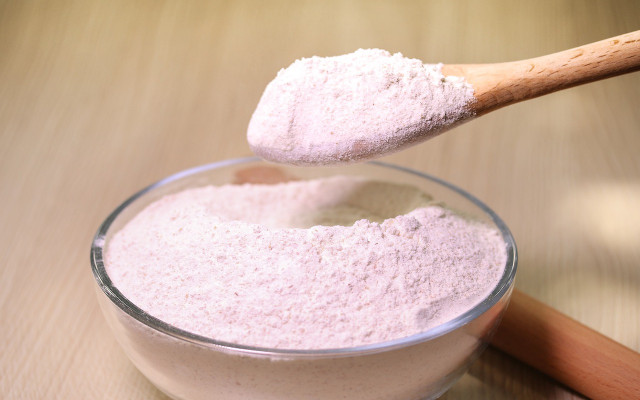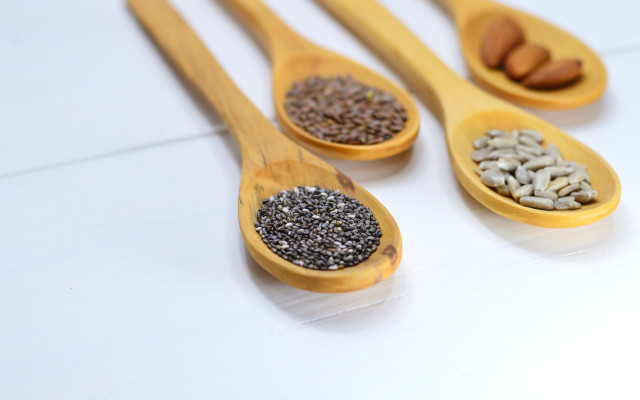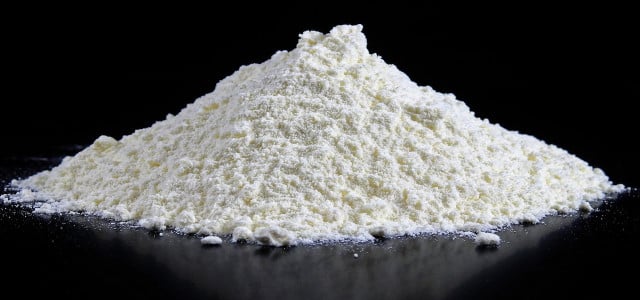Not just an ingredient used by the food industry, konjac flour is also used as a means to lose weight. We’ll take a look at the properties and uses of this flour and how it measures up in terms of sustainability.
What is Konjac Flour?
The Konjac plant, also known as the devil’s tongue, is native to Eastern Asia and the flour comes from its starchy root. Konjac flour is created by drying out the tuber before grinding it into a fine powder.
In South East Asia, konjac flour is a traditional ingredient and is mainly used for gelling and thickening. When this flour comes into contact with a liquid, it swells considerably and can consequently bind large quantities of water. The active ingredient that produces this effect is also known as glucomannan. The effect is somewhat comparable to that of psyllium husks.
Using Konjac Flour to Lose Weight

Considered an effective weight loss product, konjac flour has taken the fitness industry by storm. This is mainly due to it being very low in calories: 100 grams contain only about 80 kilocalories. Konjac flour is fat-free and consists of about 87 percent carbohydrates. These are mostly indigestible carbohydrates, like soluble dietary fiber.
Because Konjac flour contains glucomannan, consuming it may help a person feel full for longer. It slows the rate at which the digestive system empties, which is why it is thought to be good for weight loss.
Caution: If you want to lose weight, always do so as part of a healthy and balanced diet. Crash diets and uncontrolled fasting are neither healthy nor do they have a long-term effect. Don’t ignore the signals of your body while chasing unrealistic societal body ideals.
Tips for Purchasing and Sustainability
If you’re keen on trying it, you can buy konjac flour as a capsule or as a powder. As always, make sure to look for the organic seal. This way you avoid pesticides that are harmful to both the environment and your health. Read the list of ingredients carefully and make sure that the product doesn’t contain any additives.
Here’s how to use konjac flour: Mix the powder with any liquid of your choice or add it to yoghurt, granola, and smoothies. Make sure to take konjac flour with enough liquid. Another way to consume it is by eating low-carb noodles and rice made from the tuber.
From an ecological perspective, both konjac flour and the products containing it aren’t great. Seeing as the plants only grow in Eastern Asia, they have to travel long transport routes to reach our grocery and health food stores. Therefore, use it only in moderation – or try some regional (and more sustainable) alternatives.
Konjac Flour: Sustainable Alternatives



We tend to jump on superfood trends without looking at their ecological cost. You don’t need to resort to products from other continents when looking for a filling, low-carb flour. We live in such a large country with so many different agricultural climates and seasons! Consider some of the following (regional) flours:
- Linseed Flour: the high amount of dietary fiber also gives this flour a high swelling capacity. Rich in omega-3 fatty acids, linseed flour can help not only with weight loss but also with gastrointestinal issues.
- Pumpkin Seed Flour: an excellent source of protein and has a spicy, nutty taste. Use this flour for hearty dishes.
- Walnut Flour: like linseed flour, walnut flour is rich in unsaturated fatty acids and vegetable protein, though it’s not nearly as filling. Due to its intense flavor, it works well for baking.
- Sunflower Seed Flour: Did you know you can also make flour from sunflower seeds? Similar to pumpkin seed flour, it works really well for savory doughs. It can be used for sweet dishes as well but in small quantities.
This article has been translated from German by Karen Stankiewicz. You can read the original here: Konjakmehl: Eigenschaften des Low-Carb-Mehls und regionale Alternativen
Important Information regarding Health-related Topics.
** Links to retailers marked with ** or underlined orange are partially partner links: If you buy here, you actively support Utopia.org, because we will receive a small part of the sales proceeds. More info.Do you like this post?







